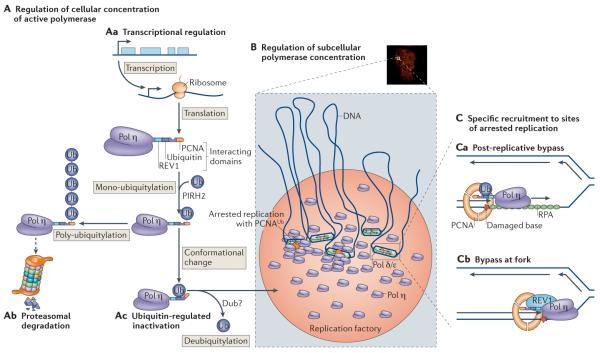Figure 5. Different levels of regulation of the Y-family polymerases.
A | Different ways of regulating the cellular concentrations of DNA polymerase η (Pol η). This can be achieved by regulation of transcription (Aa) and subsequent mono-ubiquitylation by PIRH2 (REF. 86), which can lead to poly-ubiquitylation and degradation by the proteasome (Ab) or to inactivation following a conformational change83,86 (Ac). The ubiquitin (Ub) can be removed by a de-ubiquitinase enzyme (Dub). B | Accumulation in replication factories. A nucleus in which Pol η is localized in replication factories is shown (top) with a schematic of polymerases and replication forks that are present in the factories (bottom). C | Recruitment of Pol η by ubiquitylated PCNA at a gap behind the fork (Ca) or by REV1 close to the fork (Cb).

